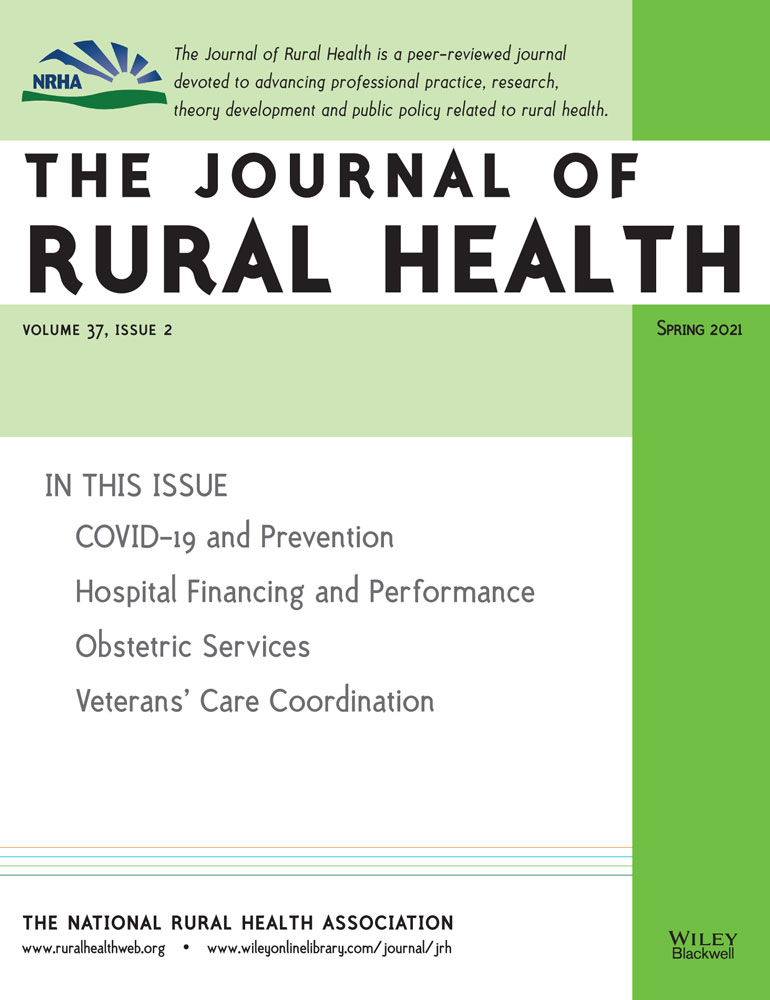Trends in Hospital Mortality for Uninsured Rural and Urban Populations, 2012-2016
Disclosures: Dr. Joynt Maddox receives research support from the National Heart, Lung, and Blood Institute (R01HL143421), National Institute on Aging (R01AG060935), and Commonwealth Fund, and previously did contract work for the US Department of Health and Human Services.
Funding: This work was supported in part by NIH T35 NHLBI Training Grant HL007815.
Abstract
Purpose
Rural-urban health disparities have received increasing scrutiny as rural individuals continue to have worse health outcomes. However, little is known about how insurance status contributes to urban-rural disparities. This study characterizes how rural uninsured patients compare to the urban uninsured, determines whether rurality among the uninsured is associated with worse clinical outcomes, and examines how clinical outcomes based on rurality have changed over time.
Methods
We conducted a retrospective cohort study of the 2012-2016 National Inpatient Sample hospital discharge data including 1,478,613 uninsured patients, of which 233,816 were rural. Admissions were broken into 6 rurality categories. Logistic regression models were used to determine the independent association between rurality and hospital mortality.
Findings
Demographic and clinical characteristics differed significantly between rural and urban uninsured patients: rural patients were more often white, lived in places with lower median household income, and were more often admitted electively and transferred. Rurality was associated with significantly higher in-hospital mortality rates (1.44% vs 1.89%, OR 1.32, P < .001). This association strengthened after adjusting for medical comorbidities and hospital characteristics. Further, disparities between urban and rural mortality were found to be growing, with the gap almost doubling between 2012 and 2016.
Conclusions
Rural and urban uninsured patients differed significantly, specifically in terms of race and median income. Among the uninsured, rurality was associated with higher in-hospital mortality, and the gap between urban and rural in-hospital mortality was widening. Our findings suggest the rural uninsured are a vulnerable population in need of informed, tailored policies to reduce these disparities.




